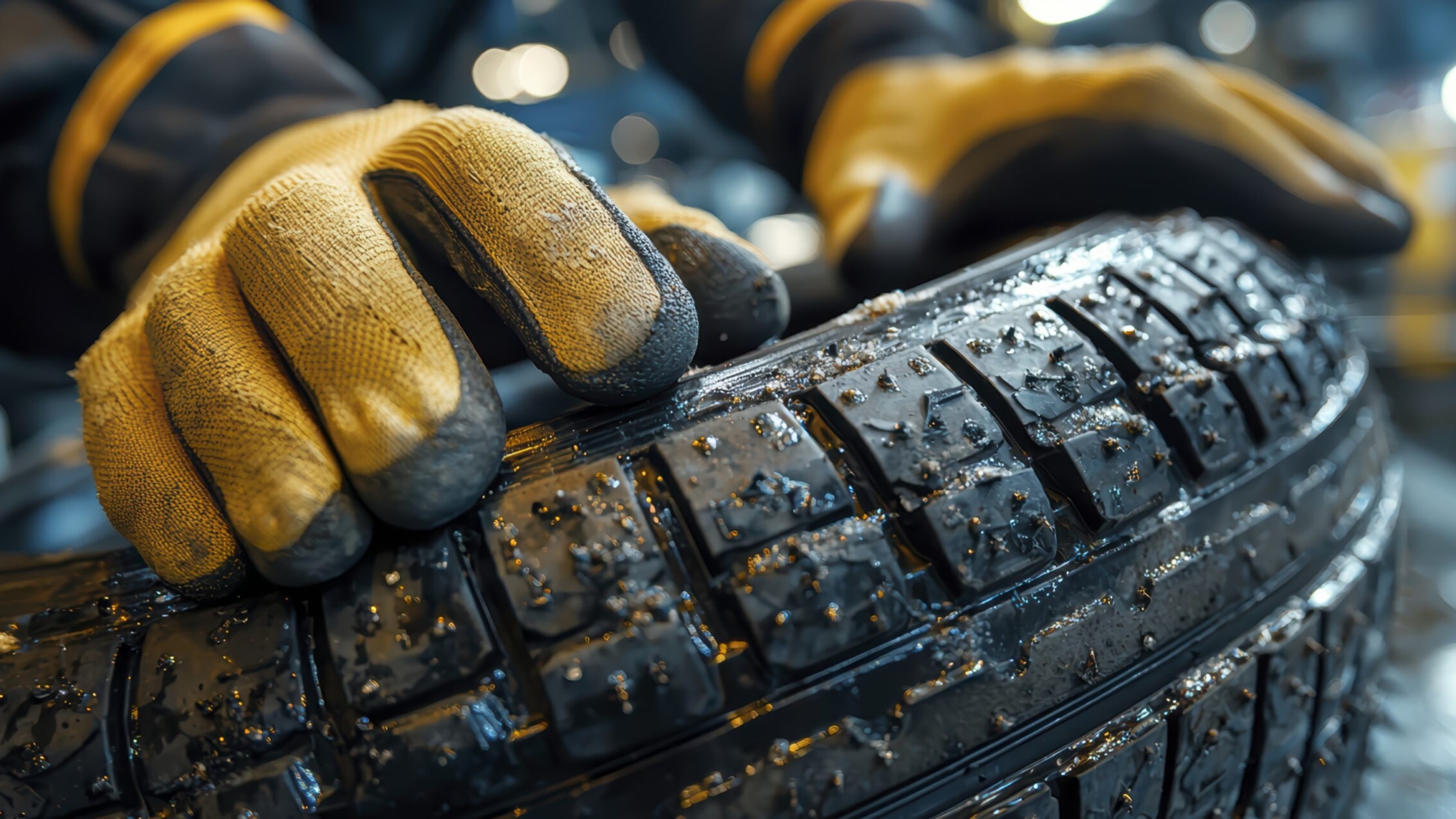Rubber Matters: How Quality Material Drives Tire Performance and Safety
Tires are far more than black circles of rubber—they’re the only part of your vehicle that touches the road, forming the vital connection between you and every surface you drive on. The quality of the rubber in those tires directly impacts performance, longevity, and most importantly, safety behind the wheel. In this guide, we’ll explore how rubber quality influences tire efficiency and protection, why it matters, and why professional repairs using premium materials are just as crucial.
The Role of Rubber in Tire Performance
Rubber forms the foundation of every tire, and its properties determine how a tire reacts in different conditions. From smooth highways to rough, uneven terrain, tires must endure heat, friction, weight, and stress while maintaining consistent performance. High-quality rubber compounds are engineered to balance flexibility, durability, and grip, ensuring tires perform reliably in everyday driving and extreme conditions alike.
Key Benefits of Premium Tire Rubber
1. Grip and Traction
The most critical function of tire rubber is its ability to maintain grip. Rubber quality dictates how well a tire sticks to the road, especially in wet, icy, or hazardous conditions. Premium compounds reduce slipping and skidding, lowering accident risk and giving drivers confidence with every turn and stop.
2. Longevity
Tires endure constant wear from friction, road debris, and environmental factors. Low-quality rubber wears quickly, forcing frequent replacements. High-grade rubber resists abrasion, extending tire life and offering better value for your investment.
3. Heat Resistance
Rolling tires generate heat. Inferior rubber may fail to dissipate it efficiently, increasing the risk of blowouts or premature wear. Premium compounds withstand high temperatures, keeping tires safe and reliable even under heavy loads or high-speed driving.
4. Flexibility Across Conditions
Tires must adapt to temperature changes and various surfaces. Quality rubber retains flexibility in both extreme heat and cold, delivering consistent performance in a range of driving environments.
5. Reduced Rolling Resistance
Rolling resistance opposes tire movement. Tires with high resistance force the engine to work harder, consuming more fuel. Premium rubber lowers rolling resistance, improving fuel efficiency without compromising safety or handling.
How Rubber Quality Affects Safety
The safety of a tire is directly tied to its rubber composition. Here’s why premium rubber is essential:
1. Braking Performance
High-quality rubber ensures shorter stopping distances, even in emergencies. Substandard materials can reduce friction and grip, increasing accident risk.
2. Handling and Stability
Rubber composition determines how a tire reacts during cornering or sudden maneuvers. Superior rubber enhances stability and vehicle responsiveness, giving drivers better control on all surfaces.
3. Puncture Resistance
Durable rubber is more resistant to cuts, leaks, and punctures, lowering the risk of blowouts—critical on debris-covered roads or rough terrain.
4. Built-in Wear Indicators
Many premium tires include integrated tread wear indicators. These rubber compounds change color or texture as the tire wears, alerting drivers when it’s time for a replacement and ensuring ongoing safety.
The Importance of High-Quality Tire Repairs
Even the best tires can suffer damage. When they do, repair quality is just as important as the tire itself:
1. Restoring Performance
A proper repair restores the tire’s original performance. Premium repair materials closely match the tire’s original rubber, maintaining integrity in high-stress areas such as tread and sidewall.
2. Maintaining Safety
Low-quality repairs can compromise tire safety. Inferior patches or plugs may fail under pressure, causing leaks or blowouts. High-grade materials withstand the same stresses as the original tire, ensuring consistent, reliable performance.
3. Extending Tire Life
Quality repairs prolong tire life, delaying replacements and reducing environmental impact. Fewer discarded tires mean less waste and a more sustainable approach to tire care.
4. Preserving Consistent Performance
Well-executed repairs maintain traction, handling, and braking efficiency, even after damage. Consistency is crucial for vehicle stability and safety across diverse driving conditions.
Making Informed Choices
When selecting tires, rubber quality should be a top priority. Premium rubber not only enhances performance and durability but also ensures safety on every journey. Equally important is choosing professional repair services that use high-quality materials to maintain tire integrity over time. Understanding the role of rubber in both new tires and repairs empowers drivers to make informed choices, resulting in safer, more reliable, and more efficient driving experiences.
Whether you’re commuting, taking long trips, or tackling off-road adventures, the rubber in your tires—and the quality of any repairs—should never be overlooked. Tires are the foundation of vehicle safety. Investing in high-quality rubber isn’t just a purchase—it’s a commitment to confidence, performance, and peace of mind on every road.

